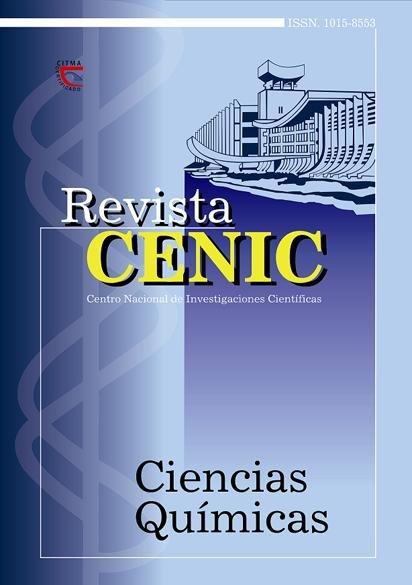First Approach to the Synthesis and Applications of TitaniaNanotube Primera Aproximación a la Síntesis y Aplicaciones de Nanotubos de Oxido de Titanio
Abstract
In the past few years, a wide range of functional applications of self-functional TiO2 nanotube layers have been explored, ranging from photocatalysis, solar energy conversion, electrochromic effects to the use of the material as a template or catalyst support for applications in the field of health, energy or environment. The present paper provides an overview of TiO2 nanotube layers with tubular structures, grown by controlled anodic oxidation (anodization) on a metallic substrate as titanium. Then, the authors summarize the works reported in the last five years which study the effect of the experimental conditions in the structural and morphological characteristics of TiO2 nanotube superficial layers, where experimental conditions and key properties of these tubular layers are pointed out. Despite the fact that the first works about the highly ordered TiO2 nanotube arrays were reported at the beginning of XXI century, this field has grown so rapidly as to make it difficult to summarize the scope of all related work. The authors classified the different works taking into account the composition of the electrolyte used in the anodization, the base material and studied properties that allow their future application in fields as health, energy or environment, mechanistic aspects of the tube growth and the electrochemical conditions to be fulfilled in order to synthesize these layers are also described.

Downloads
Published
How to Cite
Issue
Section
License

This work is licensed under a Creative Commons Attribution-NonCommercial-ShareAlike 4.0 International License.
Los autores que publican en esta revista están de acuerdo con los siguientes términos:
Los autores conservan los derechos de autor y garantizan a la revista el derecho de ser la primera publicación del trabajo al igual que licenciado bajo una Creative Commons Atribución-NoComercial-CompartirIgual 4.0 que permite a otros compartir el trabajo con un reconocimiento de la autoría del trabajo y la publicación inicial en esta revista.
Los autores pueden establecer por separado acuerdos adicionales para la distribución no exclusiva de la versión de la obra publicada en la revista (por ejemplo, situarlo en un repositorio institucional o publicarlo en un libro), con un reconocimiento de su publicación inicial en esta revista.
Se permite y se anima a los autores a difundir sus trabajos electrónicamente (por ejemplo, en repositorios institucionales o en su propio sitio web) antes y durante el proceso de envío, ya que puede dar lugar a intercambios productivos, así como a una citación más temprana y mayor de los trabajos publicados (Véase The Effect of Open Access) (en inglés).













